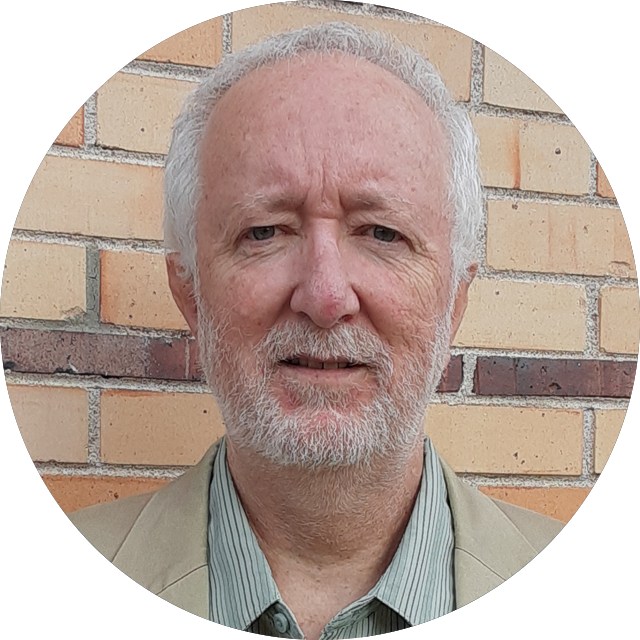The primary purpose of any teacher evaluation and support system is to increase student learning by improving classroom instruction. Essential to improved instruction is targeted and actionable feedback to the teacher following a classroom observation. In this brief we describe how states can play a role in the improvement of feedback to teachers, including specific supports States can offer to districts and principals. Specific strategies include: 1) Teaching principals how to deliver high-quality feedback; 2) Monitoring the quality of feedback to teachers; 3) Creating networks of districts and provide targeted support; 4) Evaluating principals on their ability to deliver high-quality feedback; 5) Building capacity at the district level to collect, analyze and respond to data; and 6) Working with principal preparation programs to produce principal candidates who know how to provide high-quality feedback.
We drafted this publication, under contract as part of the U.S. Department of Education’s Reform Support Network, based on recommendations generated during a July 2014 Reform Support Network convening of leaders from nine States. It acts as a companion to our other RSN briefs on evaluation implementation, including Promoting Evaluation Rating Accuracy: Strategic Options for States and Making High-Quality Teacher Evaluation Manageable.


